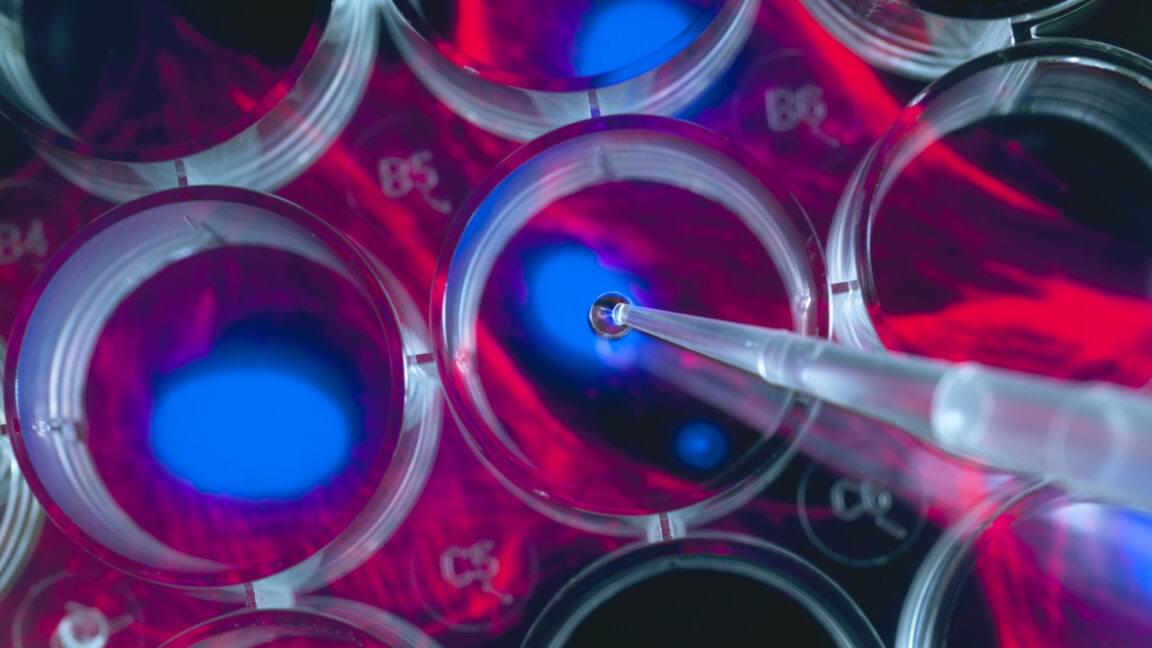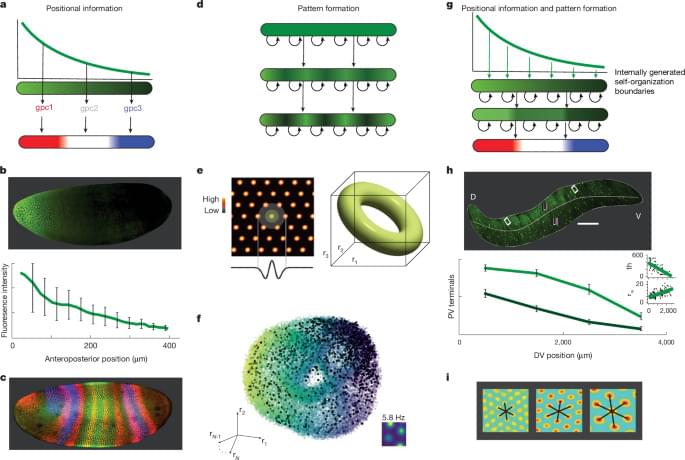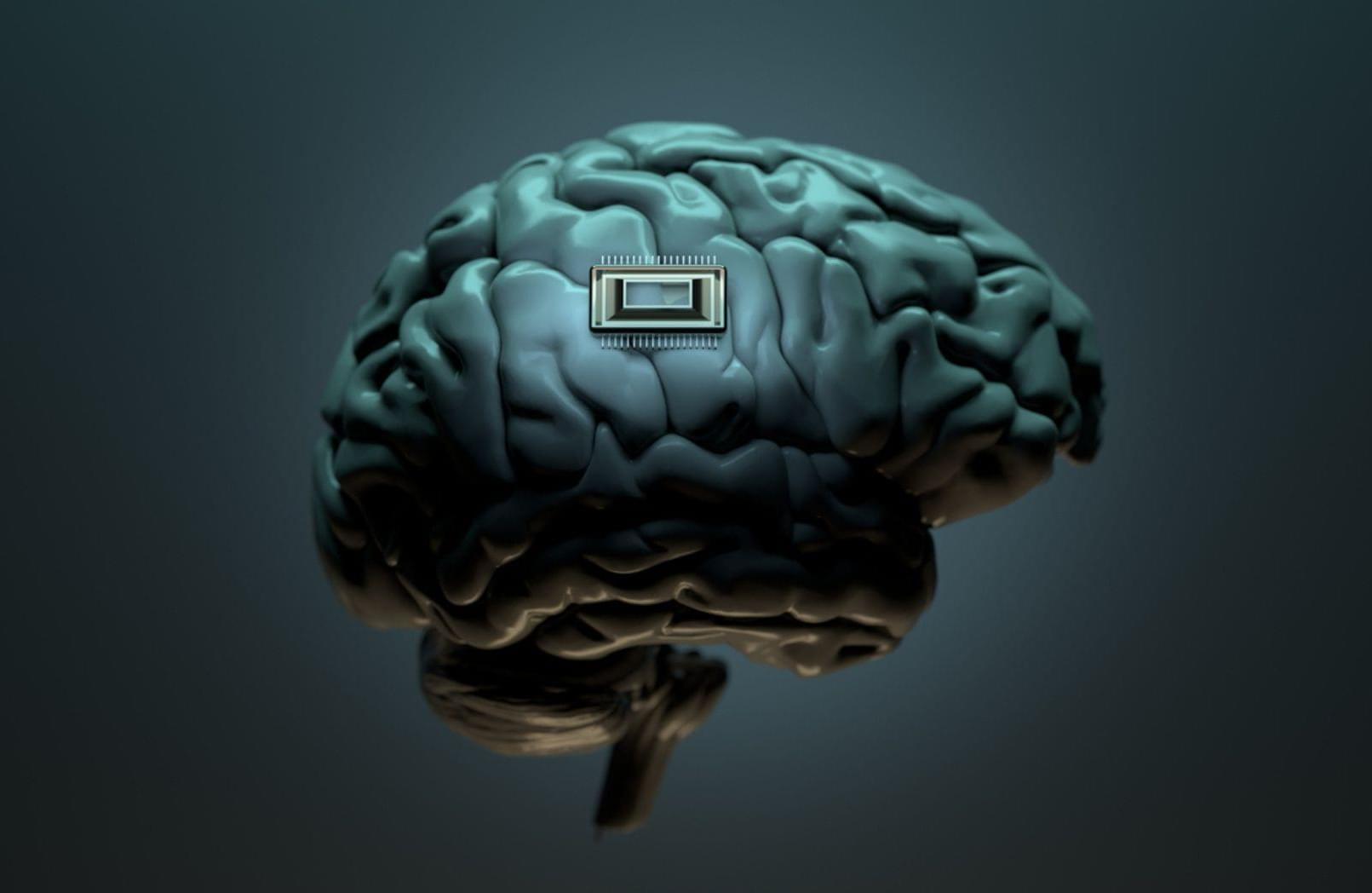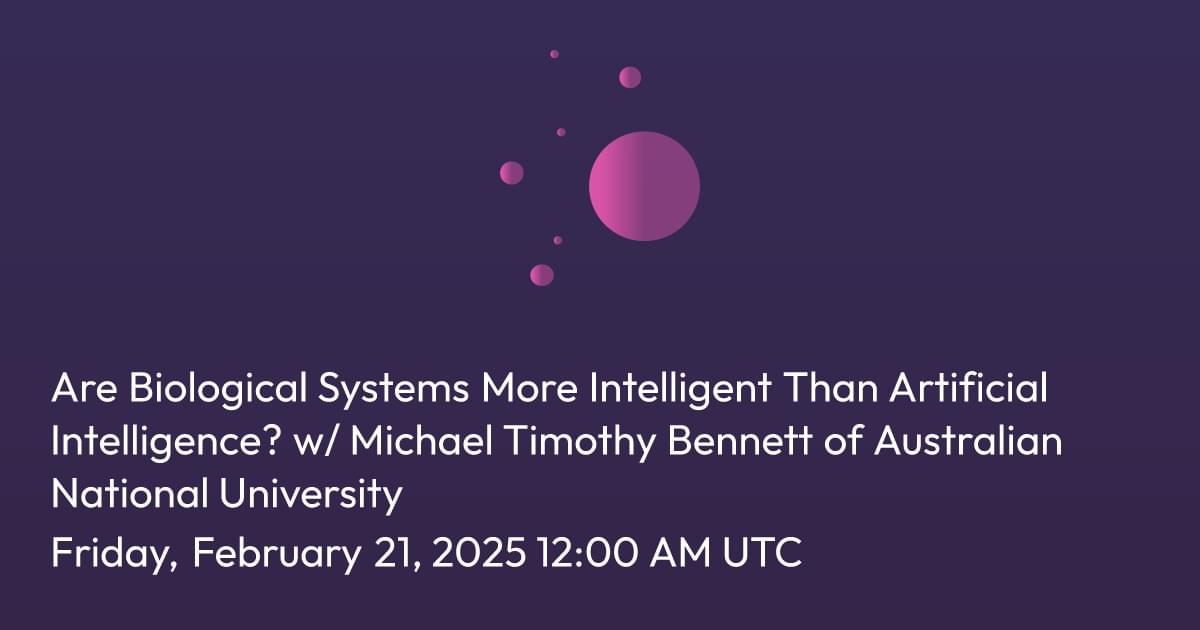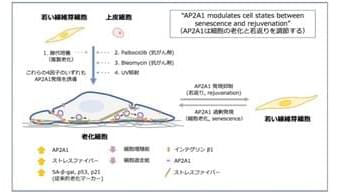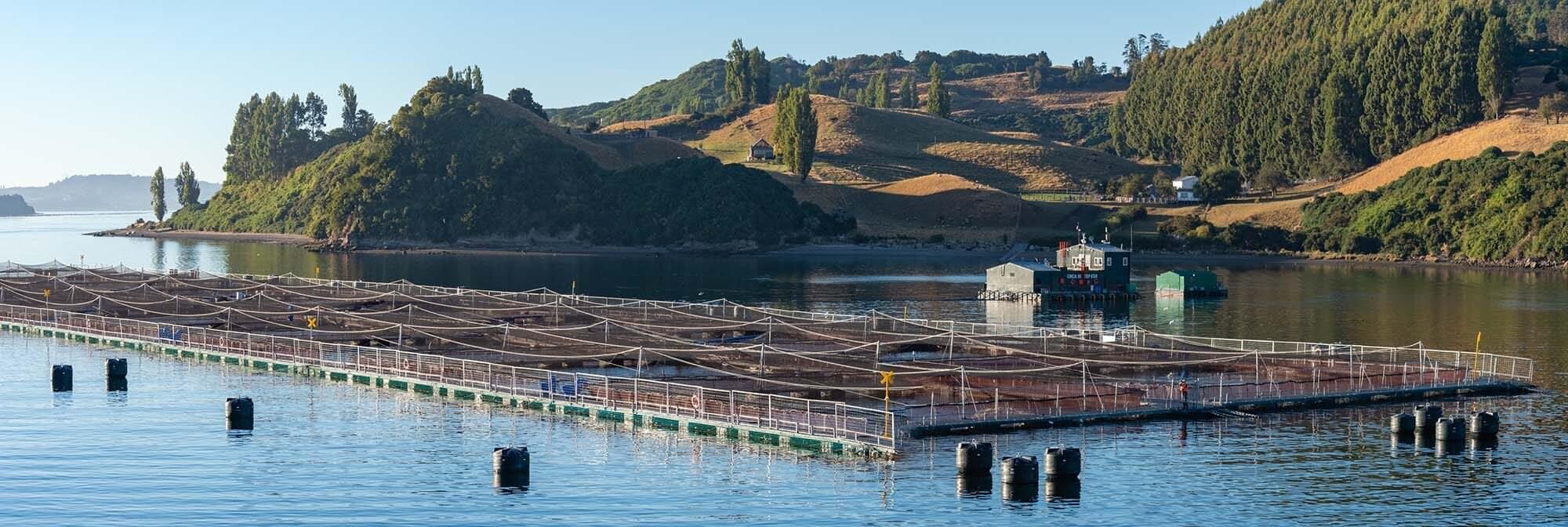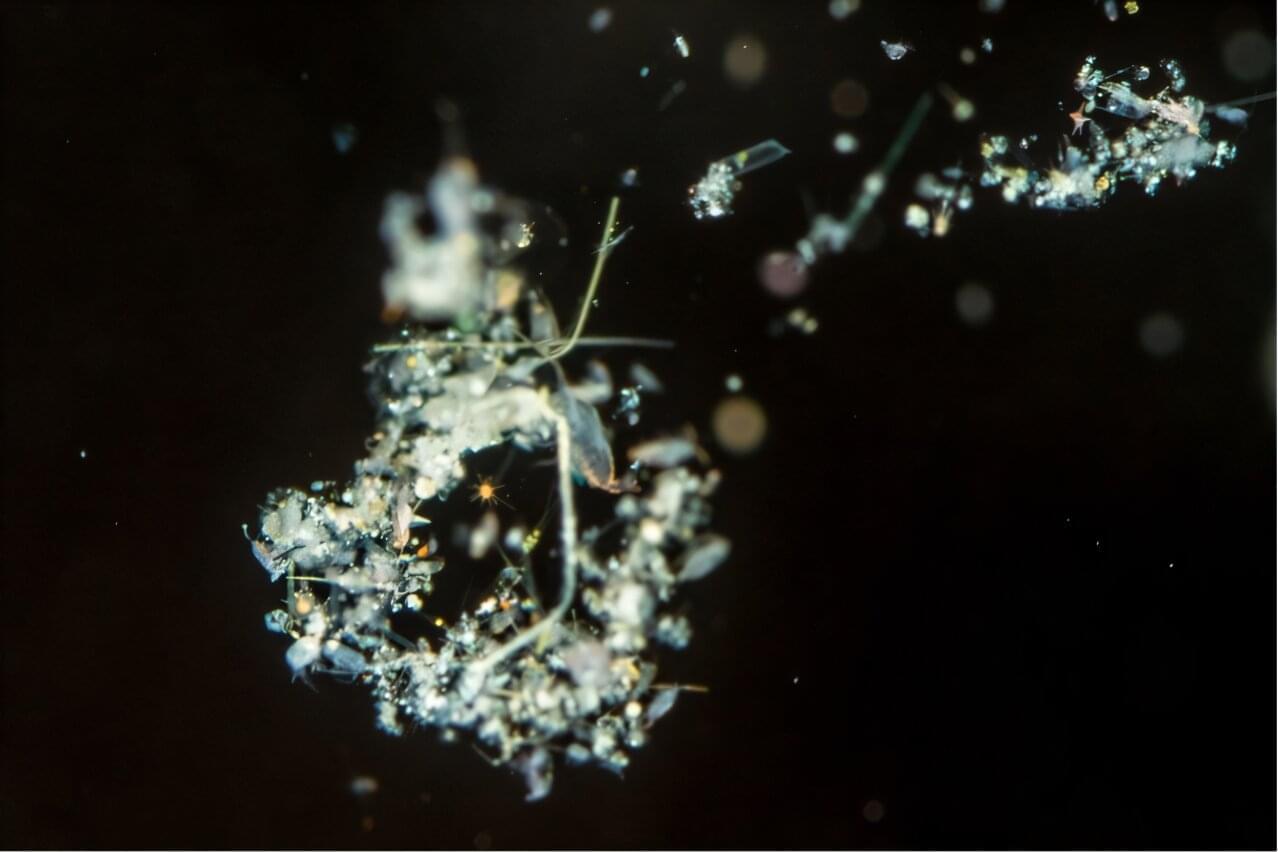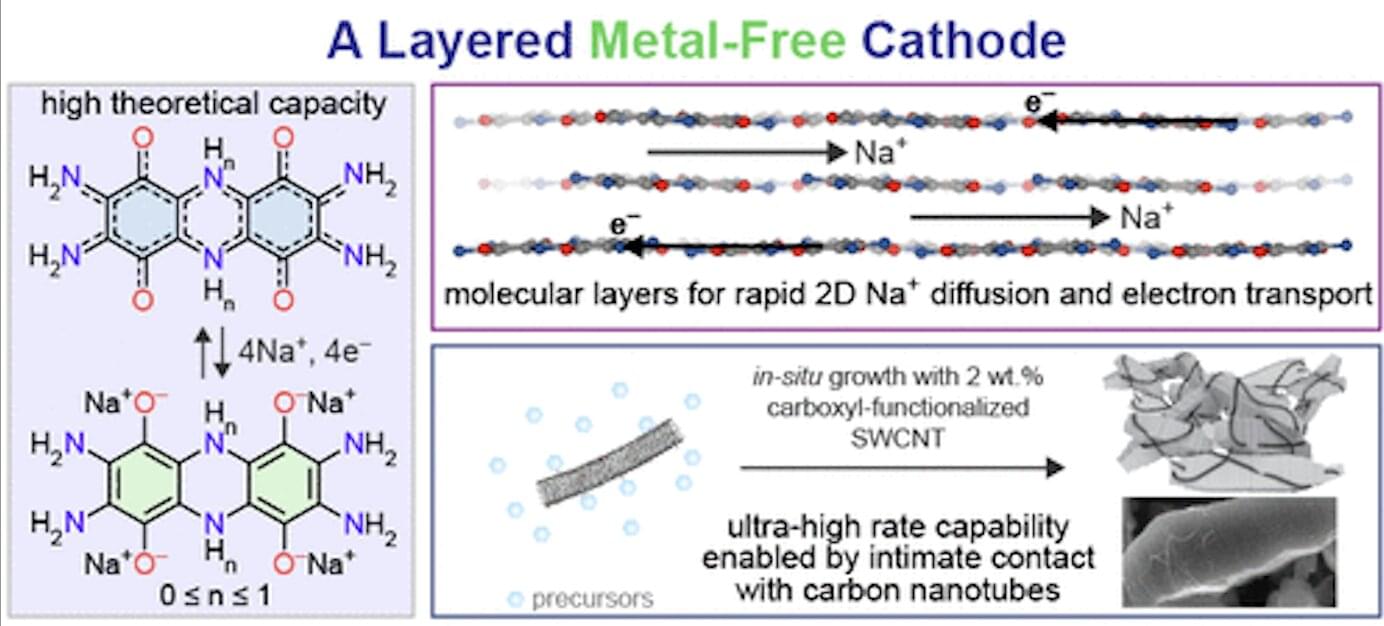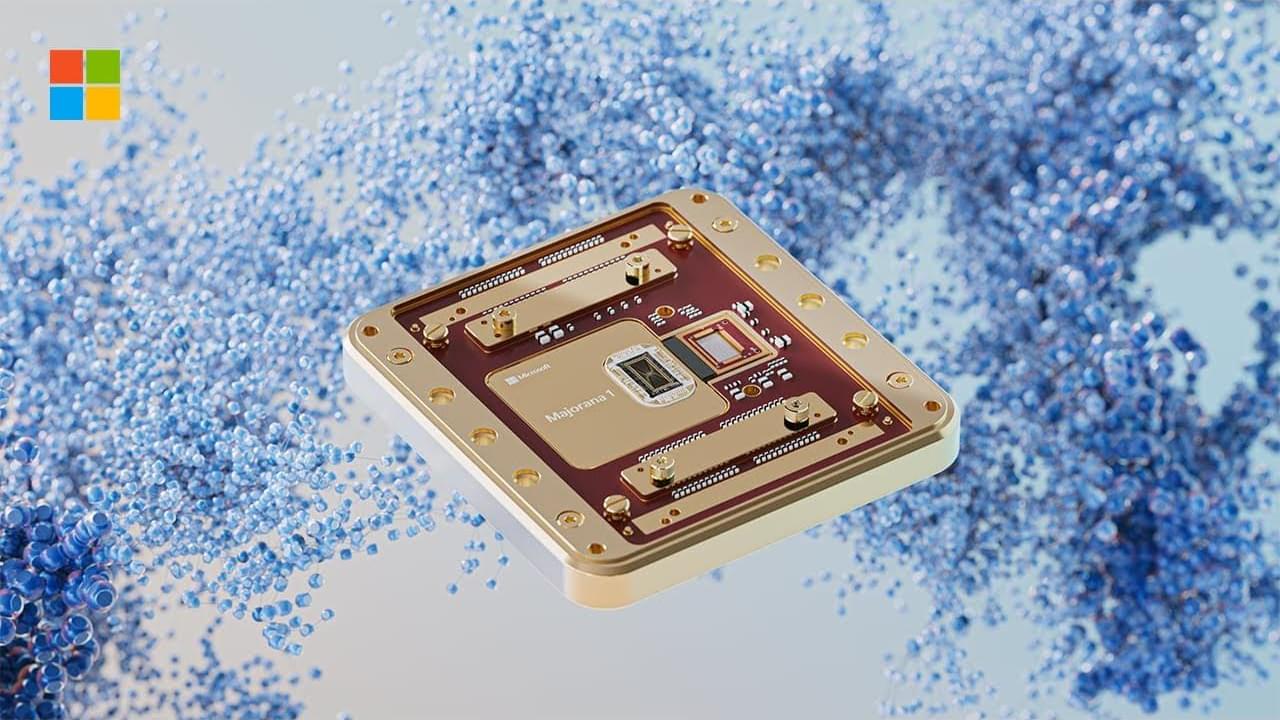And it’s already helping with some real-world research.
In today’s AI news, Codeium, an AI-powered coding startup, is raising a new round of funding at a $2.85 billion valuation. The round is being led by returning investor Kleiner Perkins, the people said. The new round comes just six months after Silicon Valley-based Codeium announced that it had closed a $150 million Series C at a $1.25 billion post-money valuation.
In other advancements, a couple of weeks after the initial release of Mistral’s AI assistant, Le Chat, the company told Le Parisien that it has reached one million downloads. “Go and download Le Chat, which is made by Mistral, rather than ChatGPT by OpenAI — or something else,” French president Emmanuel Macron said in a TV interview ahead of the recent AI Action Summit in Paris.
And, Google is launching a new experiment that uses AI to help people explore more career possibilities. The company announced in a blog post on Wednesday that a new “Career Dreamer” tool can find patterns between your experiences, educational background, skills, and interests to connect you with careers that might be a good fit.
Meanwhile, Forbes’ Lance Eliot analyzes a popular mantra right now. The recent AI-industry groupthink that says we merely need to increase the so-called “thinking time” of generative AI and LLMs to get better responses. AI makers are allowing users to stipulate that the AI can expend more time and effort doing various processing before displaying a generated answer.
The principle of peak selection is described, by which local interactions and smooth gradients drive self-organization of discrete global modules.
The US, Europe, and China have all contributed significantly to BCI advancements. Companies like Elon Musk’s Neuralink focus on invasive brain implants, whereas Chinese researchers have made major strides in developing non-invasive and adaptive BCIs.
This latest breakthrough underscores China’s commitment to making BCIs more efficient and user-friendly. By enabling a two-way interaction between brain and machine, the new system takes a significant step toward integrating BCIs into everyday life, from medical rehabilitation to consumer electronics.
The study was published in the journal Nature Electronics.
Are Biological Systems More Intelligent Than Artificial Intelligence?. Are Biological Systems More Intelligent Than Artificial Intelligence?
Posted in biological, robotics/AI | Leave a Comment on Are Biological Systems More Intelligent Than Artificial Intelligence?. Are Biological Systems More Intelligent Than Artificial Intelligence?
W/ michael timothy bennett australian national university.
Speakers: Michael Timothy Bennett, Cecile Tamura
There are a multitude of products for sale that promise the appearance of eternal youth by erasing wrinkles or firming up jaw lines; but what if we could truly turn back time, at the cellular level? Now, researchers from Japan have found a protein that may do just that.
In a study published this month in Cellular Signaling, researchers from Osaka University have revealed that a key protein is responsible for toggling between ‘young’ and ‘old’ cell states.
As we age, older, fewer active cells, known as senescent cells, accumulate in multiple organs. These cells are noticeably larger than younger cells, and exhibit altered organization of stress fibers, the structural parts of cells that help them move and interact with their environment.
Humanity can farm more food from the seas to help feed the planet while shrinking mariculture’s negative impacts on biodiversity, according to new research led by the University of Michigan.
There is a catch, though: We need to be strategic about it.
The findings are published in the journal Nature Ecology & Evolution.
It has puzzled scientists for years whether and how bacteria, that live from dissolved organic matter in marine waters, can carry out N2 fixation. It was assumed that the high levels of oxygen combined with the low amount of dissolved organic matter in the marine water column would prevent the anaerobic and energy consuming N2 fixation.
Already in the 1980s it was suggested that aggregates, so-called “marine snow particles,” could possibly be suitable sites for N2 fixation, and this was recently confirmed. Still, it has been an open question why the bacteria carrying out this N2 fixation can be found worldwide in the ocean. Moreover, the global magnitude and the distribution of the activity have been unknown… until now.
In a new study, researchers from the Leibniz Centre for Tropical Marine Research in Germany, Technical University of Denmark, and the University of Copenhagen demonstrate, by use of mechanistic mathematical models, that bacteria attached to marine snow particles can fix N2 over a wide range of temperatures in the global oceans, from the tropics to the poles, and from the surface to the abyss.
Tech giant Microsoft unveiled a new computer chip on Wednesday that it says could transform everything from fighting pollution to developing new medicines, joining Google and IBM in arguing that the promise of quantum computing is closer to reality.
The US-made chip, called Majorana 1, can fit in the palm of a hand but packs a revolutionary design that Microsoft believes will solve one of the biggest challenges in quantum computing—making these super-powerful machines reliable enough for real-world use.
“We took a fresh approach and basically reinvented how quantum computers could work,” said Chetan Nayak, a senior scientist at Microsoft.
Introducing a breakthrough in quantum computing. The Majorana 1 chip. An approach that ignores the limitations of current models to unleash the power of millions of potential qubits all working together to solve unsolvable challenges in creating new medicines, entirely new materials, and helping our natural world. All on a single chip.
Follow us on social:
LinkedIn: / microsoft.
Twitter: / microsoft.
Facebook: / microsoft.
Instagram: / microsoft.
For more about Microsoft, our technology, and our mission, visit https://aka.ms/microsoftstories
